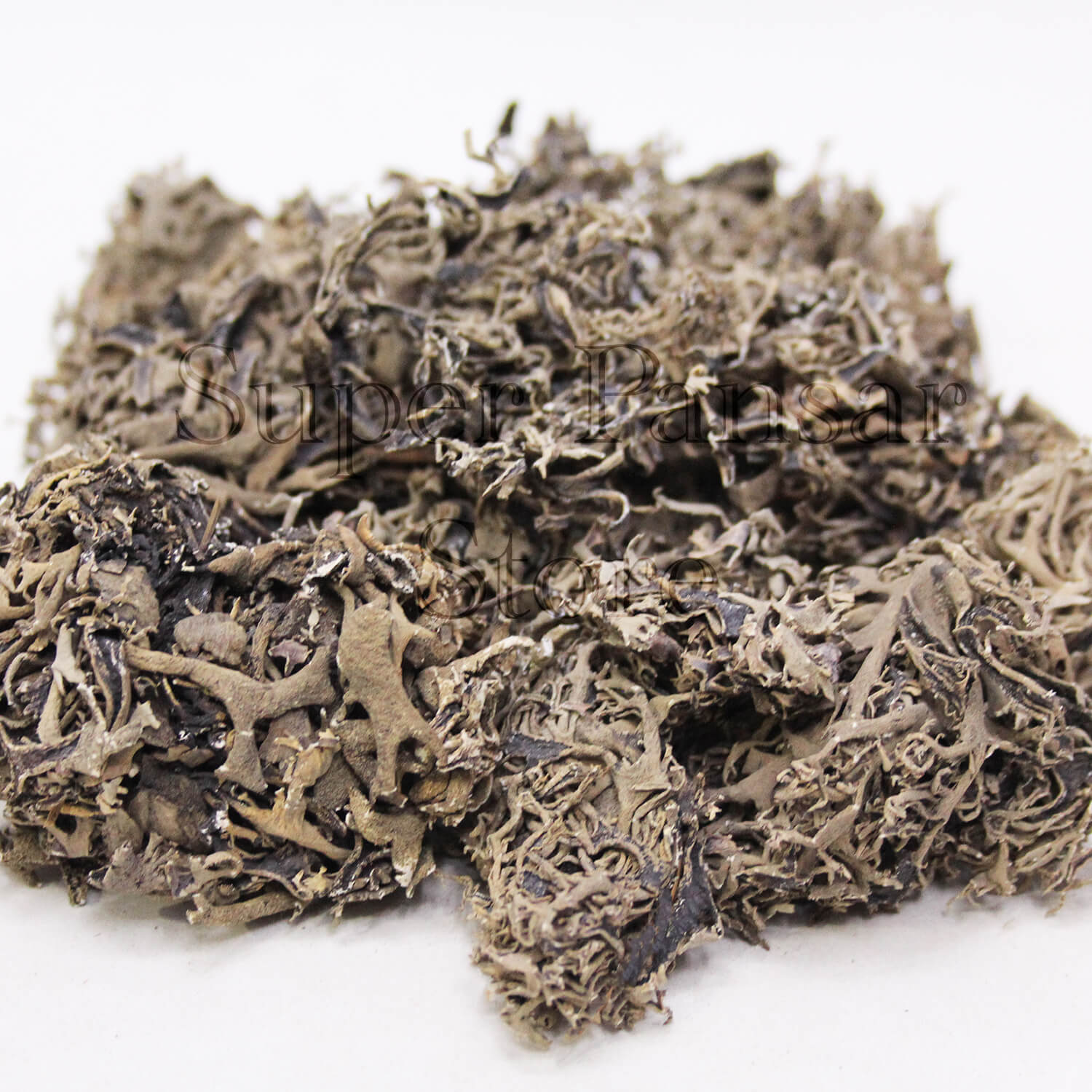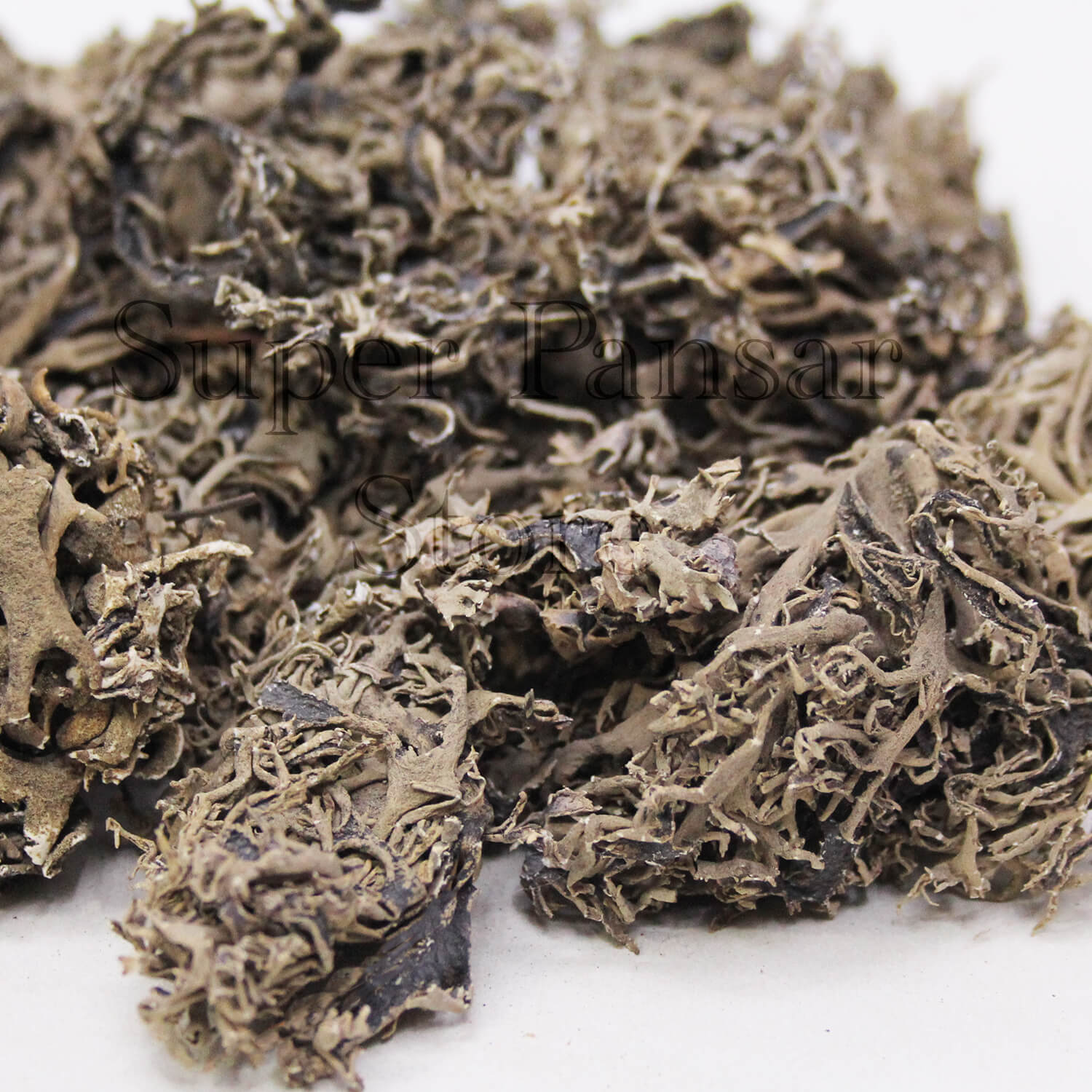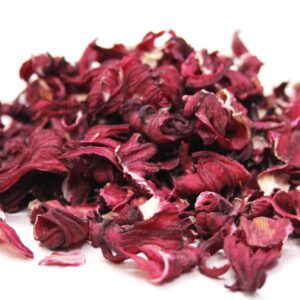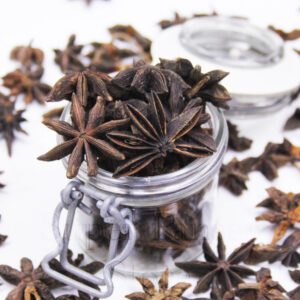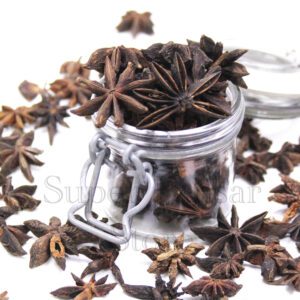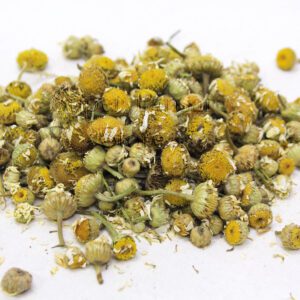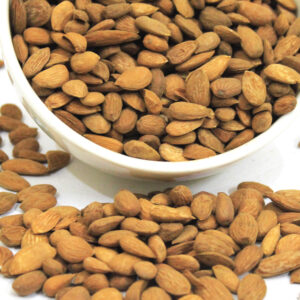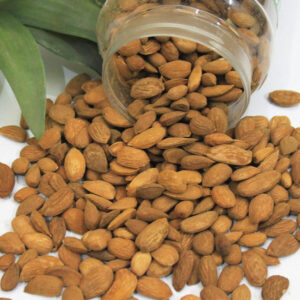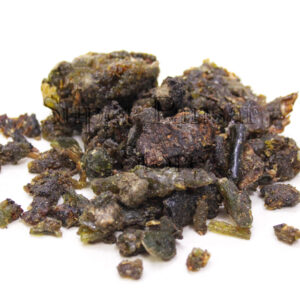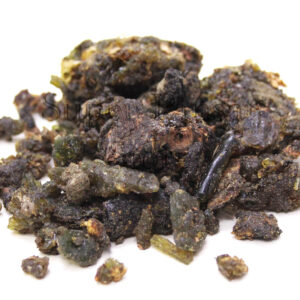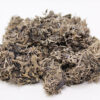No products in the cart.
Overview
Lichen is a unique organism resulting from a symbiotic relationship between fungi and algae or cyanobacteria.
This relationship is known as mutualism, where both organisms benefit from each other.
Lichens consist of two main components: a fungal partner called the mycobiont and a photosynthetic partner, which can be either green algae or cyanobacteria, known as the photobiont.
The fungal partner provides the structure and protection for the lichen, while the photobiont provides food through photosynthesis.
Benefits & Uses
Environmental Indicators:
Lichens are sensitive to changes in environmental conditions, including air quality, moisture levels, and pollution.
Certain species of lichens are used as bioindicators to assess the health of ecosystems and monitor air quality.
The presence or absence of specific lichen species can indicate levels of air pollution, making them valuable tools for environmental monitoring and conservation efforts.
Soil Formation and Stabilization:
Lichens contribute to soil formation and stabilization by breaking down rocks and organic matter through their acidic secretions.
Over time, lichens help to create a substrate suitable for the growth of other plants and organisms, contributing to ecosystem development and stability.
Habitat and Food Source:
Lichens serve as habitat and food for various organisms, including insects, birds, and small mammals.
Reindeer and caribou, for example, rely on lichens such as reindeer moss (Cladonia rangiferina) as a primary winter food source in northern regions.
Lichens provide essential nutrients and energy for these animals during periods of food scarcity.
Cultural and Traditional Uses:
While not as common today, lichens have been used by indigenous peoples for various purposes throughout history.
Some cultures have used lichens as food sources, while others have used them for medicinal purposes or to dye textiles.
For example, certain lichen species were traditionally used to create natural dyes for clothing and crafts.
Pharmaceutical Potential:
Lichens produce a diverse array of secondary metabolites, including acids, pigments, and antibiotics.
These compounds have potential applications in pharmaceuticals, perfumes, dyes, and other industries.
For example, usnic acid, a compound found in certain lichens, exhibits antimicrobial properties and has been investigated for its medicinal potential in treating various infections.
Educational and Scientific Value:
Lichens are of scientific interest due to their unique symbiotic relationship between fungi and algae or cyanobacteria.
Studying lichens provides insights into symbiosis, ecology, and adaptation to diverse environments.
Lichens also contribute to biodiversity and ecosystem functioning, making them valuable subjects for research and education.

